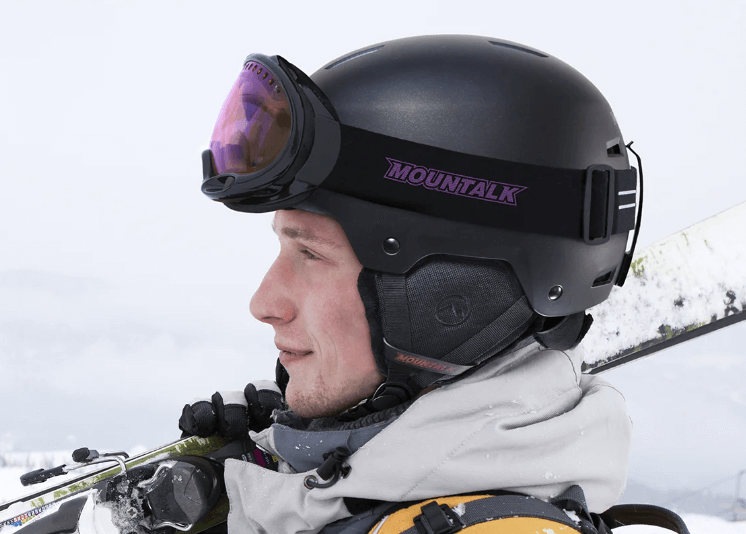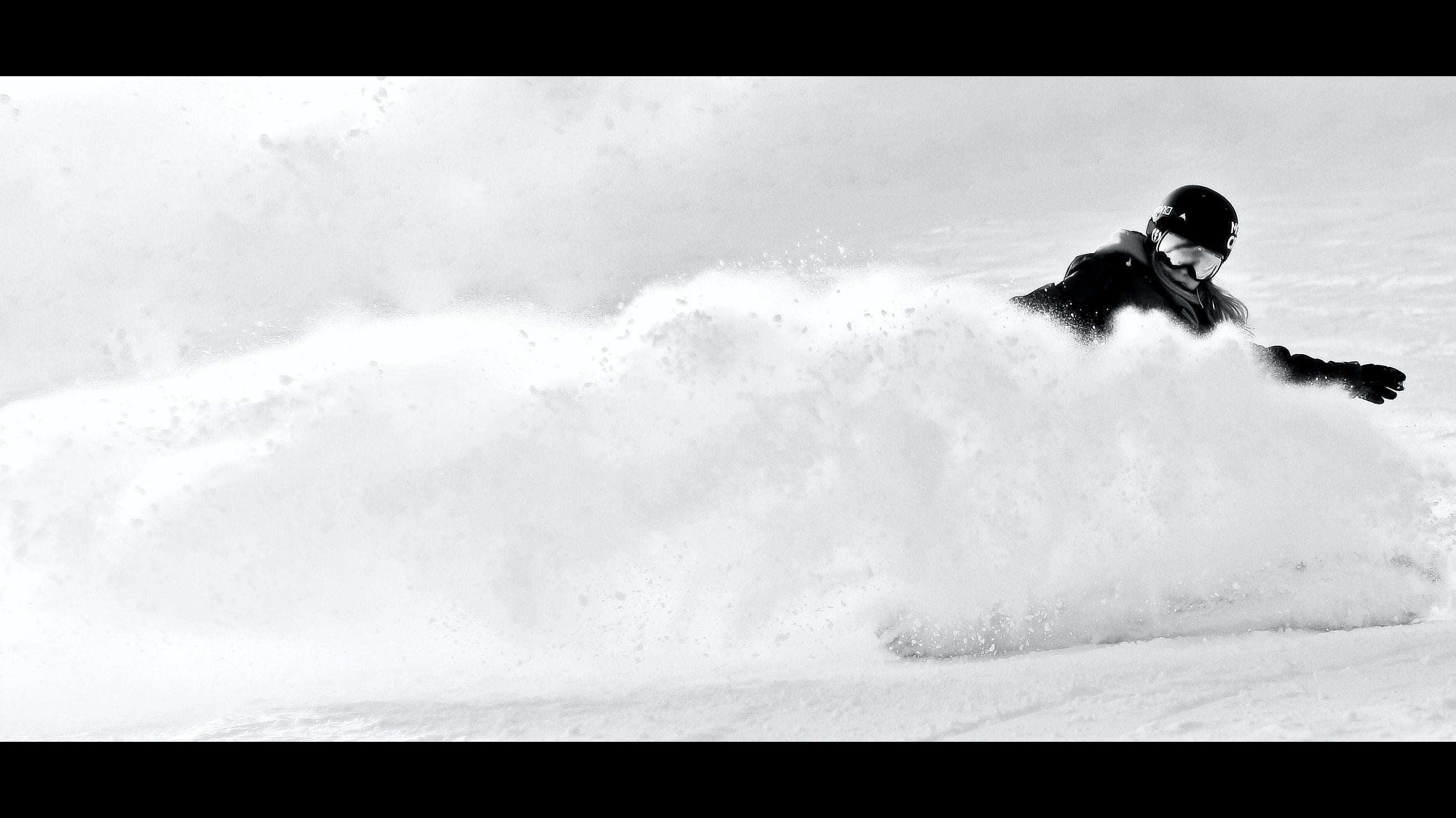Navigation
Whether you're a newbie skier or a knowledgeable snowboarder, the right helmet is essential to your safety. There are many elements to think about when purchasing a new helmet, from fit and ventilation to functions and style.
This buying guide will assist you make a notified decision when it comes to picking the best snow helmet for your needs.
We'll cover everything from safety scores and products to fit factors to consider and more. Keep reading to equip yourself with the understanding you need before you make your purchase!
Snow Helmet Types
There are 3 main kinds of snow helmets: hard shell, soft shell, and hybrid.
- Hardshell snow helmets are the most typical type and offer the most security. They're made of a rigid product that covers your entire head and generally has a ventilation system to keep you cool.
- Soft-shell snow & ski helmets are less common, but they're becoming increasingly popular. They're made of a flexible material that's lightweight and breathable.
- Hybrid ski helmets integrate tough and soft shell building and offer the best of both worlds in regards to defense and convenience.
But there are differences of ski and snow helmets, check our blog to know more!

Fit
When it pertains to fit, the 2nd important thing is that the helmet sits flat on your head - not slanted back or forward. There must have to do with an inch or less in between your eyebrows and the front of the helmet.
The straps should constantly be tight, and you must be able to fit a finger or more under them. Look for a different model if you can't adjust the straps to make the helmet fit snugly.
Ventilation
When skiing or snowboarding, you need to breathe easily and stay comfortable. That's why ventilation is an important factor to consider when picking a helmet.
Most helmets have vents that can be opened or closed depending upon the temperature. When it's warm outside, you wish to keep the vents open, so you do not get too hot. And when it's cold outside, you can close the vents to keep you warmer.
Some helmets also have integrated air flow channels. These channels assist direct air through the helmet and around your head, which can help keep you cool and comfortable.
Lastly, think about how simple it is to change the vents on your helmet. You must be able to do this with gloves on, so search for helmets with big, easy-to-use vents.
Safety Features
When it pertains to snow helmets, safety is always a leading concern.
Firstly, you'll wish to make sure that your chosen helmet is appropriately accredited. The 2 most typical security accreditations for snow helmets are CE 1077 and ASTM 2040.
CE 1077 is the European standard for ski and snowboard helmets, while ASTM 2040 is the American standard. Both certification bodies have strenuous testing protocols, so you can be confident that a helmet with either certification will provide great defense in case of a fall.
In addition to certification, you'll also want to search for helmets with built-in security functions. One such feature is an adjustable fit system, which allows you to fine-tune your helmet's suitable for a comfy and safe fit. Lots of helmets likewise have goggle holders that keep your goggles safely in location in case of a fall.
Finally, the majority of helmets today come with some kind of ventilation to help keep your head from getting too hot on those long days on the slopes.
Style & Design
When it comes to snow helmets, there are a few different styles to choose from.
The most common style is the half-shell helmet, which covers the top and back of your head but leaves your face exposed. This style is popular because it provides good coverage without being too hot or bulky.
Another common style is the full-face helmet, which faces and covers the whole head for optimum defense. This design is terrific for those who do a lot of off-piste skiing or snowboarding or for anybody who wants the highest level of defense possible.
There are convertible helmets, which have detachable visor or ear pads so they can be worn as either a half-shell or full-face helmet. These are fantastic for people who desire the flexibility to change designs based upon conditions or personal choice.
Budget
When it comes to buying a snow helmet, budget is always an important consideration. But how do you know how much to spend on a snow helmet? And what are the different features that affect the price of a snow helmet?
Here's a fast guide to assist you understand the various aspects that impact the cost of a snow helmet, so you can make an informed choice when it comes time to purchase.
The most important factor affecting the cost of a snow helmet is the materials used. The cheapest helmets utilize inferior materials, while the most costly helmets utilize top-of-the-line materials. In general, you get what you spend for when it concerns snow helmet products.
Other functions
One factor that impacts the cost of a snow helmet is the features it offers. The more functions a helmet has, the more expensive it will be. Some common features that contribute to the cost of a snow helmet are:
- Adjustable vents: These permit you to manage how much air enters and out of your helmet, which can be essential for regulating your body temperature level.
- Goggles: Many helmets come with incorporated goggles or use them as an optional accessory. Safety glasses can include significantly to the cost of a helmet.
- Audio: Some helmets come with built-in audio systems, while others offer audio compatibility. Audio can likewise include substantially to the expense of a helmet.
As you can see, a number of elements can affect the cost of a snow helmet. When making your choice, make certain to think about all of these elements so that you get the best value for your money.
Conclusion
In conclusion, you can see that a snow helmet is vital to your security and convenience when skiing or snowboarding. Mountalk hope this guide has given you the information you need to find the best possible option for your needs. Remember to consider all of these elements before making your purchase so that you wind up with a safe, reputable, and comfy helmet.
Happy skiing!




